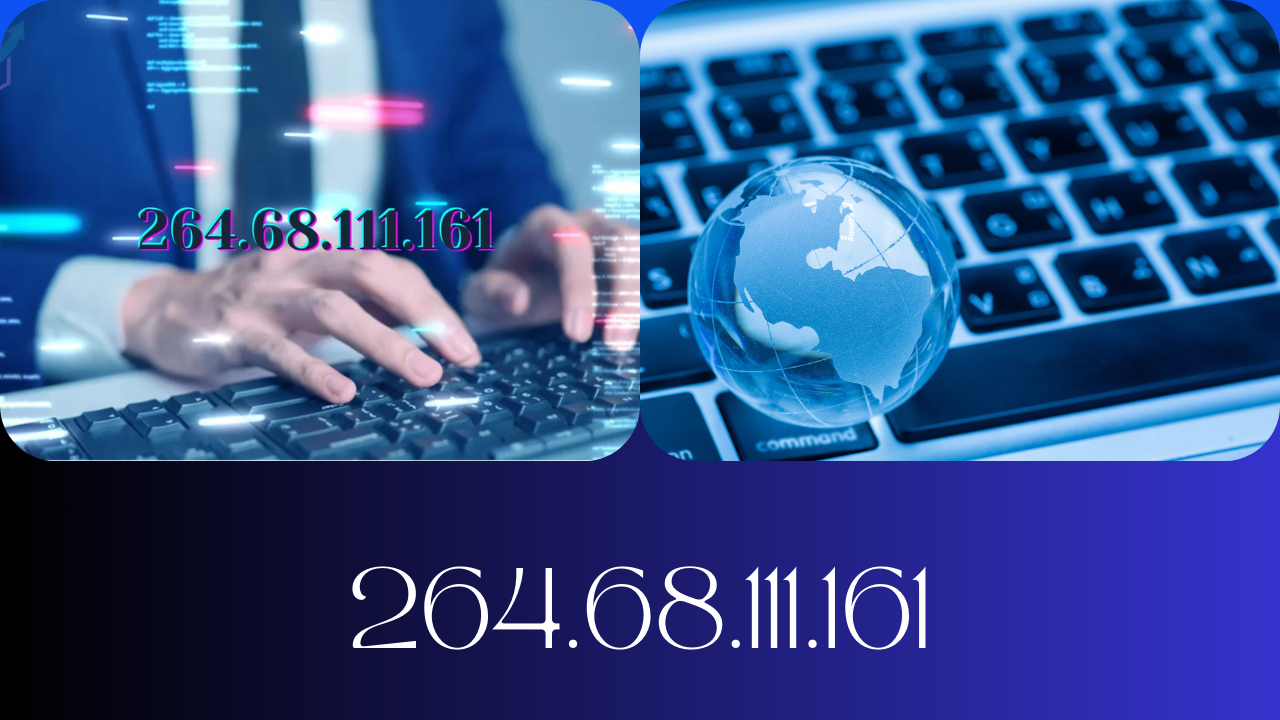Have you ever come across the IP address 264.68.111.161 and wondered what it represents? If you have questions about this unique combination of numbers, you’re not alone! In this article, we’ll demystify what an IP address is, explore the specifics of 264.68.111.161, and discuss its potential applications or meaning.
What Is an IP Address?
Before we dive into the specifics, let’s clarify what an IP address is. IP stands for Internet Protocol, and an IP address is a numerical label assigned to devices connected to a network that uses the Internet Protocol for communication. It serves two primary functions:
- Identifying the host or network interface.
- Providing a location address for data routing.
IP addresses are divided into two main versions:
- IPv4 (Internet Protocol Version 4): This version uses a 32-bit address space and is written in a format like 192.168.0.1. It’s the most commonly used version.
- IPv6 (Internet Protocol Version 6): This version uses a 128-bit address space to accommodate the growing number of devices.
Is 264.68.111.161 a Valid IP Address?
At first glance, 264.68.111.161 may look like a standard IPv4 address, but it has a significant issue. IPv4 addresses are composed of four octets, each ranging from 0 to 255. Since 264 exceeds this range, this combination does not represent a valid IPv4 address.
In IPv6, the structure and format are different—using hexadecimal notation—and 264.68.111.161 does not fit that format either. Therefore, 264.68.111.161 is not a valid IP address in either IPv4 or IPv6 protocols.
Common Causes of Invalid IP Addresses
Sometimes, encountering an address like 264.68.111.161 can be the result of:
- Typographical Errors: Mistakes during manual input can lead to incorrect numbers exceeding valid ranges.
- Placeholder Text: Developers or authors might use such a number as a placeholder.
- Misunderstandings: A lack of awareness about IP address formatting standards could lead to the creation of invalid examples.
Why Is Understanding IP Address Structure Important?
Proper knowledge of IP address structures helps in network configuration, troubleshooting, and security. Mistaking an invalid IP address for a real one can lead to confusion and errors in:
- Network Diagnostics
- Configuring Devices
- Access Control Lists (ACLs)
Using tools and best practices ensures that IP addresses are correctly formatted and functional.
IP Address Ranges and Reserved Addresses
To understand how 264.68.111.161 deviates from valid ranges, it’s useful to look at proper IP address allocations:
- Private IP Ranges: Used within private networks and not routable on the internet:
- 10.0.0.0 – 10.255.255.255
- 172.16.0.0 – 172.31.255.255
- 192.168.0.0 – 192.168.255.255
- Public IP Ranges: Assigned by ISPs for internet access.
Any IP address with octet values exceeding 255 is invalid in IPv4. Knowing this helps in identifying erroneous addresses like 264.68.111.161.
How to Avoid IP Address Errors
- Double-check Manual Inputs: Always review entries when configuring devices.
- Use IP Address Validation Tools: Online tools can help confirm whether an IP address is valid.
- Refer to Documentation: Follow proper IP address standards (RFC 791 for IPv4, RFC 8200 for IPv6).
Conclusion
Although 264.68.111.161 might seem like a legitimate IP address, it’s not valid under current Internet Protocol standards. Recognizing incorrect IP formats is crucial for maintaining efficient and secure networks. By understanding the rules governing IP addresses, you can avoid errors and enhance your networking knowledge. Always ensure IP addresses adhere to proper ranges and formatting conventions to prevent technical issues.

